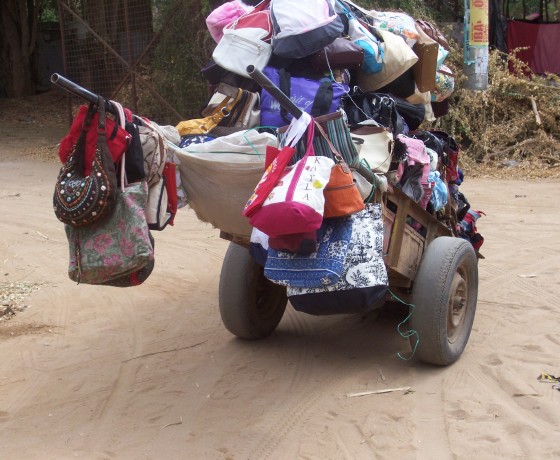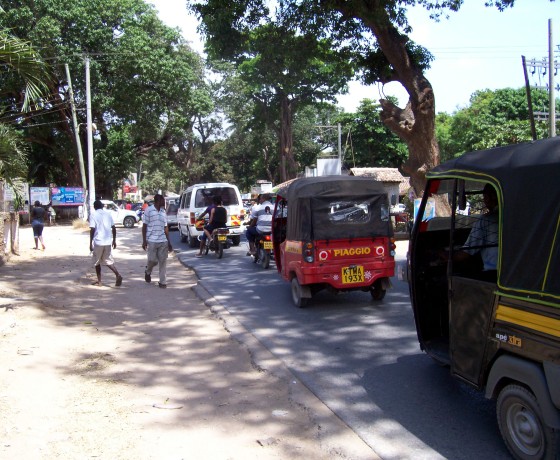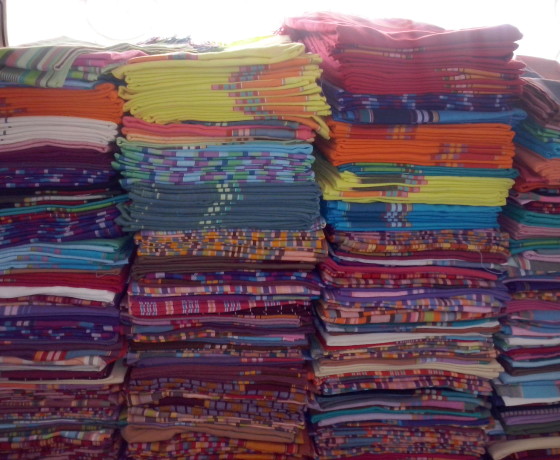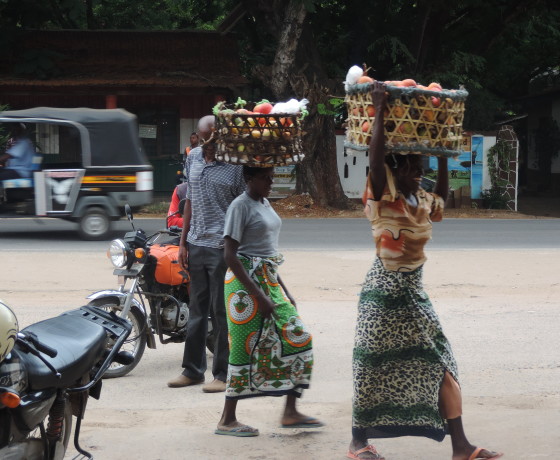City Tour Malindi
In passato nota come Melinde (da Il Paradiso Perduto di Milton), capoluogo dell’omonimo distretto, situata sulla costa affaccia sull’Oceano Indiano presso la foce del fiume Galana. È a circa 120 km a Nord di Mombasa e 220 Km a Sud di Lamu.
I ritrovamenti archeologici testimoniano la presenza nella zona, fin dal IX secolo, di varie culture bantu simili a quella Pokomo. A partire dal XIV Malindi ha goduto di un periodo di forte sviluppo, legato anche al fiorire della tratta degli schiavi. Una delle piste carovaniere che attraversavano il Kenya arrivava proprio a Malindi, dopo essere passata sull’altopiano di Yatta e da Silaloni. La piazza che ora si trova accanto alla vecchia moschea era il mercato degli schiavi, e ha svolto questo ruolo sino all’inizio del XX secolo.
Dell’antica Malindi si hanno notizie nelle cronache di viaggio dell’ammiraglio cinese Zheng He, che vi approdò nel 1414. Poi nel 1498 il Principato di Malindi fu l’unico della costa ad accogliere il navigatore ed esploratore Portoghese Vasco da Gama, che venne festeggiato per 9 giorni e ottenne i servigi di navigatori esperti che lo condussero fino a Kerala, in India. Il rapporto tra Malindi e i portoghesi durò circa 20 anni durante i quali le altre città della costa vennero attaccate ripetutamente dalle navi portoghesi.
Da non perdere:
Le Pillar Tombs, tra città e pontile:
il monumento si trova in prossimità della Moschea di Juma ed è di grande interesse per la cultura costiera. La più alta delle due tombe risale al principio del XV secolo ed è costruita sulla tomba di uno sceicco locale. La Juma Mosque è detta anche Moschea del Venerdì si affaccia sul mercato dei negrieri che funzionò fino al 1873 ed è una delle più antiche di Malindi.
La Cappella Portoghese, estremità Sud del porto, costruita dai Portoghesi per seppellire due marinai.
È stata visitata da San Francesco Xavier nel 1542.
Colonna di Vasco Da Gama. Su un piccolo promontorio che dal centro si spinge verso il mare si trova una colonna in blocchi di madrepora, affacciata sul mare, fatta erigere nel 1499 da Vasco De Gama per reggervi la Croce Pradao in pietra di Lisbona.
Shopping
Un giro per assaporare i colori e gli odori tipicamente africani attraversando la zona del mercato vecchio, tra le bancarelle di spezie, i cumuli di ananas e cocomeri e le botteghe di gioielli in pietre dure, l’artigianato locale in legno, in pietra saponaria e batik. Fino ad addentrarsi nella Malindi “Araba”, una delle zone più affascinanti e famose per i suoi preziosi tessuti e i decori delle sue numerose moschee.
Formerly known as Melinde (from the Lost Paradise of John Milton) is the capital town of Malindi District in Coast Province. Located on the Indian Ocean near Galana River and about 120 Km North of Mombasa and 220 Km South of Lamu.
The archaeological findings testify the presence of human activities in the area since the IX century, various Bantu cultures similar to the Pokomo are believed to have existed. From the XIV century Malindi has enjoyed a period of strong growth linked to the flourishing of the slave trade. One of the caravan routes that crossed Kenya passed through Malindi from Yatta Plateau and Silaloni area. The square that still exists next to the old mosque was the slave market and played this role until the beginning of the XX century.
From the ancient Malindi, there are news of the travel chroncles of the chinese admiral Zheng He, having landed in Malindi in 1414. In 1498 the principal of Malindi was unique along the coast to welcome the portuguese explorer Vasco Da Gama and declared 9 days public holidays on his honor. He furthermore obtained the services of experienced sailors who took him to Kerala India. The relationship between Malindi and Portuguese lasted for about 20 years of which during this period the other coastal towns were repeatedly attacked by the Portuguese ships.
Don’t miss:
The Pillar Graves, between the city and the dock: The monument is located near the Juma Mosque and has discreet architectural and coastal cultural interest. The tallest grave dates back to the beginning of the XV century and was built on top of local sheikh’s grave. The Juma Mosque is also known as the Friday Mosque and overlooks the slave market that ran until 1873 and is one of the oldest of Malindi.
The Portuguese Chapel, south end of the harbor, built by the Portuguese to bury two crewmen. It was visited by St. Francis Xavier in 1542.
The Vasco Da Gama Pillar. On a small promontory that from the center heads towards the sea, there is a coral block column overlooking the sea, built in 1499 by Vasco Da Gama to hold the Pradao Cross made of stone from Lisbon .
Shopping
A tour to enjoy the colors and smells typically African through the old market area, stalls of spices, heaps of pineapples and watermelons, the jewelery shops in semiprecious stones, local crafts in wood, soapstone and batik. At last penetrate into the Arabian part of Malindi, one of the most fascinating and famous for its fine fabrics and decorations of its many mosques.







